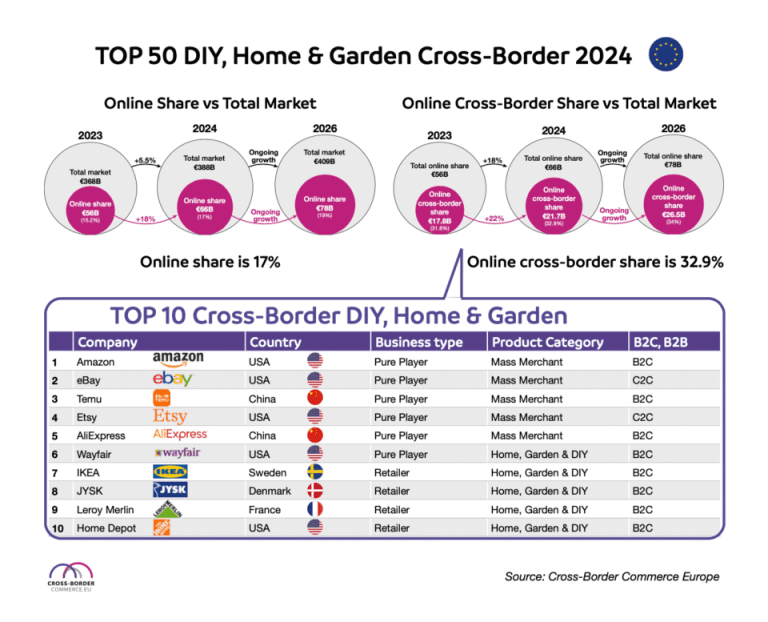
Most online retailers deploy analytics software that can generate insights into how shoppers engage — which products they search for, how they navigate categories and brands, which activity correlates with purchases, and so on.
Because of these analytics tools, online retailers tend to assume that whenever they need to know how to optimize e-commerce search, the information they require is readily available, as it may be in theory.
The problem, though, is that theory rarely aligns with reality when it comes to search analytics. Too often, organizational silos, combined with a disconnect between various stakeholders’ skill sets and goals, make it deeply challenging for businesses to take full advantage of the analytics data they collect about shopper search behavior.
For example, consider autocomplete capabilities on a product search website. Autocomplete is a critical feature that helps guide shoppers to the right products. However, because of limited visibility into search analytics, retailers may lack critical insight into exactly how shoppers use autocomplete and whether it serves the business’s goals.
To solve these challenges, retailers need an approach to gaining insights that support better search optimization by reaching beyond traditional analytics. They need solutions that bridge the cultural and organizational gaps separating search analytics data from the people best positioned to take advantage of it.
The Problem: Silos Block E-Commerce Search Insight
The root of the challenge surrounding effective e-commerce search analytics isn’t a lack of analytics software. On the contrary, modern businesses have access to powerful tools that can automatically collect vast amounts of data about shopper behavior. The issue instead centers on providing analytics data to the right people, in the right form.
Only a handful of employees within the typical business — the analytics team — have direct access to the company’s analytics software. The analytics team effectively holds the keys to the kingdom when it comes to understanding what shoppers do.
Now, this would be fine if the analytics team were also in a position to do the following:
- Understand the retail strategy and priorities of e-commerce merchandisers and how they map onto shoppers’ online behavior
- Participate with the development team to implement the technical changes necessary to optimize the retail strategy and priorities captured by analytics
Unfortunately, most analytics teams don’t directly engage in either of these areas. They have limited visibility into retail strategy, which is established and managed by other parts of the business. They don’t participate in developing the e-commerce platform in ways that allow them to respond to analytics insights. Also, the analytics teams are often constrained for time and are typically limited in their ability to engage deeply with other teams.
The result is a profound disconnect between e-commerce analytics data and the rest of the business. No matter how much data a company collects about shopper behavior, the information is of little value if stakeholders can’t easily access, interpret, or know how to respond to it.
Let’s return to the example of visibility into how shoppers use autocomplete to illustrate this disconnect in practice.
Analytics tools can collect data about searches that are assisted by autocomplete. Unless that data becomes available to business users who understand which words, products, categories, or brands are most relevant to the retailer’s goals, it’s of little value. When analytics data about autocomplete remains in a silo, the business can’t leverage it to determine whether autocomplete actually helps drive sales.
How To Make E-Commerce Search Analytics Actionable
At first glance, the solution to this conundrum might seem to be to hire people who can understand both the business and technical sides of e-commerce search analytics. Unfortunately, these skill sets rarely overlap. Finding someone well-versed in e-commerce analytics, web development, and business strategy is rare.
A more realistic strategy is to close the cultural and technical gaps separating those needing search analytics insights from the software that generates such insights. Businesses can do this by integrating analytics more centrally into search merchandising, meaning the processes by which they optimize how they develop and present online retail search results.
Historically, staff responsible for search merchandising were beholden to the analytics team to generate the insights necessary to make better merchandising decisions. However, when search merchandising systems connect to analytics systems or have analytics features built into them, merchandisers can leverage analytics directly. They can also take steps to improve merchandising directly without having to lean on software developers to make changes for them.
For instance, returning to the autocomplete example, imagine that data about which suggestions shoppers click on, how they navigate, and so on were readily available in search merchandising software operated by business users rather than being siloed in a technically dense site analytics tool. When properly integrated, this information can help drive meaningful insights about how to optimize autocomplete functionality to facilitate the goals of the merchandising team.
To be clear, this approach doesn’t mean eliminating dedicated analytics teams. Staff who specialize in analytics will always have an essential role in generating complex analytics insights and holistically collecting the data businesses need to understand what’s happening on their websites.
However, when it comes to generating at least the basic analytics insights search merchandising teams need, it shouldn’t be necessary to work through silos or deal with potential technical disconnects between teams.
Businesses do not need to shoot in the dark to understand shopper behavior. They can close critical visibility gaps by integrating e-commerce search analytics tightly with search merchandising, unlocking the vast insights that have historically been out of reach for too many businesses. Direct action from e-commerce search analytics is not just possible but within easy reach.





